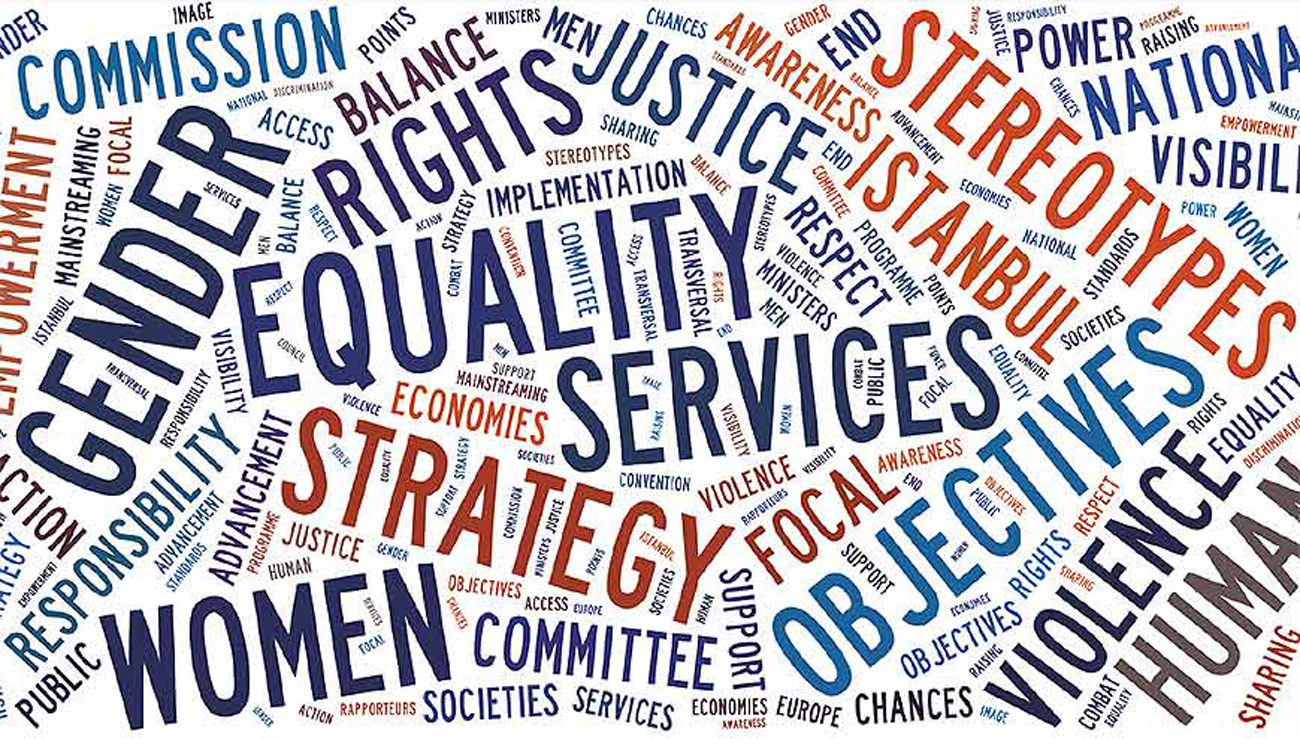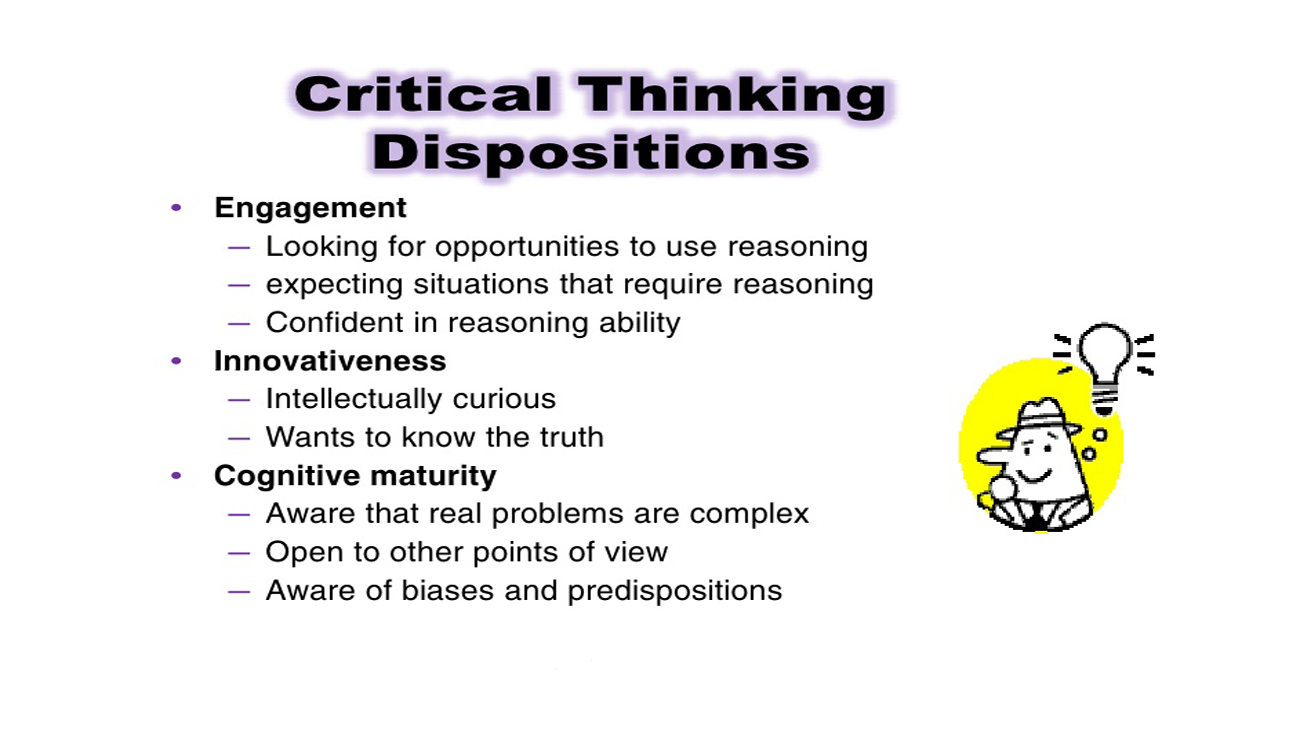
Gender Related Effects of Co-Operative Learning Strategies (Stad And Tai) on Mathematics Achievement
Abstract:
The purpose of this study was to determine how the adoption of cooperative learning as an instructional strategy for teaching mathematics influences students’ achievement. The study also determined how moderating variables like gender affect students’ achievement in mathematics when cooperative learning is used as an instructional strategy. so, the investigators aimed at studying the effect of co-operative learning strategies i.e. team assisted individualisation (TAI) and student teams achievement division (STAD) on the mathematics achievement among ninth graders in relation to gender. This is an experimental study with 3×2 factorial designs. Students of ninth standard of the schools affiliated to Haryana Board in Rohtak city constituted the population of the study. 144 students of ninth standard ( 74 boys and 70 girls ) selected through multi-stage random sampling technique were taken as a sample for the study out of which 52 students taught through TAI formed experimental group-1 (E1 ); 46 students taught through STAD formed experimental group-2(E2) and 46 students taught through conventional method of teaching formed control group(C ). Sample of the students were also equated on the basis of socio-economic status and achievement in the subject concerned. Achievement test in mathematics developed and standardized by the investigators was used to assess the achievement of the subjects. Lesson plans, worksheets, check-outs and formative tests were developed for both the strategies TAI and STAD separately to carry out the teaching and learning process in all the three groups for ten weeks only. At the end of the experiment, achievement test in mathematics was given to the subjects. Data were analyzed by using ANOVA and t-test to determine the performance by comparing the mean scores of all the groups. Data analysis revealed that boys and girls students taught through co-operative learning strategies TAI and STAD outscored significantly the control group on post-test showing the obvious supremacy of co-operative learning over conventional method of teaching. Hence, the ultimate result of the study indicated that co-operative learning was found more effective instructional paradigm for mathematics as compared to conventional method of teaching.
Author(s):
DOI:
Keywords:
References:
Ajaja, O. P. & Eravwoke O.U. (2010). Effects of Cooperative Learning Strategy on Junior Secondary School Students Achievement in Integrated Science, Electronic Journal of Science Education, Vol. 14(1), 1-18.
Baer, J. (2003). Grouping and achievement in cooperative learning. College Teaching, 51, 169-174.
Brewer, S.A., Klein, J.D., & Mann, K.E. (2003). Using small group learning strategies with adult reentry students. College Student Journal, 37, 286-297.
Brewer, S.A., Klein, J.D., & Mann, K.E. (2003). Using small group learning strategies with adult reentry students. College Student Journal, 37, 286-297.
Chabra, S. and Tabassum, Z. (2010), Cooperative learning approach at teacher training level, Psycho-Lingua, (ISSN: 0377-3132), 40(1&2), 67-69.
Ellison, C.M., & Boykin, A.W. (1994). Comparing outcomes from differential cooperative and individualistic learning methods. Social Behavior and Personality, 22, 91-104. Fultz, N.H., & Herzog, A.R. (1991). Gender differences in affiliation and instrumentality across adulthood. Psychology and Aging, 6, 579-586.
Golbeck, S.L., & Sinagra, K. (2000). Effects of gender and collaboration on college students’performance on a Piagetian spatial task.Journal of Experimental Education, 69, 22-35.
Gupta, M. & Pasrija, P. (2011), Co-operative learning versus traditional learning: effect on achievement in mathematics, New Frontiers in Education: International Journal of Education, 44 (4), 427-436.
Gupta, M. & Pasrija, P. (2011), Team assisted individualisation (TAI): impact on achievement and retention in mathematics, Learning Community: An International Journal of Education and Psychology, 3 (2), 385 -393.
Gupta, M. & Pasrija, P. (2012), Effect of co-operative learning on high school students’ mathematical achievement and retention using TAI and STAD methods, Indian Journal of Psychology and Education, 2012, 2(1), 75-86.
Gupta, M. & Pasrija, P. (2013). Co-operative Learning Strategies (STAD & TAI): Effect on Mathematics Achievement and Retention’ presented the paper in Chicago International Conference on Education in Chicago , USA held on June 3-4.
Inglehart, M., Brown, D.R., & Vida, M. (1994). Competition, achievement, and gender: A stress theoretical analysis . In P.R. Pintrich, D.R. Brown, & C.E. Weinstein (Eds.), Student motivation, cognition, and learning: Essays in honor of Wilbert. J. McKeachie (pp. 311-330). Mahwah, NJ: Erlbaum.
Johnson, D.W., & Johnson, R.T. (1999). Learning together and alone: cooperation, competition, and individualization (5th ed. ). Boston, MA: Allyn and Bacon.
Johnson, D.W., Johnson, R. T., & Stanne, M.B. (2000). Co-operative Learning Methods: A meta-analysis. Retrieved from World Wide Web: http://www.clcrc.com/pages/clmethods.html
Johnson, D.W., Johnson, R.T., & Smith, K.A. (1998). Maximizing instruction through cooperative learning. ASEE Prism, 7, 24-29.
Jordan, J.V., Walker, M., & Hartling, L.M. (Eds.). (2004). The complexity of connection.New York: Guilford Press.
Kapoor, S.D. (1970), Manual for Socio-Economic Status Scale Questionnaire, The Psycho Centre, T-22, Green Park, New Delhi.
Kaul, P. (2010), The effect of learning together Techniques of co-operative learning method on students achievement in mathematics, Edutracks,9(12).
Klein, J., & Pridemore, D.R. (1993). Effects of cooperative learning and need for affiliation on performance, time on task and satisfaction. Education Technology Research and Development , 40, 39-47.
Klein, J.D., & Schnackenberg, H.L. (1999). Effects of informal cooperative learning and the affiliation motive on achievement, attitude, and student interactions. Contemporary Educational Psychology, 25, 332-341.
Kunkel, J.G., & Shafer, W.E. (1997). Effects of student team learning in undergraduate auditing courses. Journal of Education in Business, 72, 197-200.
Markus, H.R., & Kitayama, S. (1991). Culture and the self: Implications for cognition, emotion, and motivation. Psychological Review, 98, 224-253.
Rittschof, K.A., & Griffin, B.W. (2001). Reciprocal peer tutoring: Reexamining the value of a cooperative learning technique to college students and instructors. Educational Psychology, 21, 313-331.
Rodger, S., Murray, H.G. & Cummings, A.L. (2007). Gender differences in co-operative learning with University Students. The Alberto journal of educational research. Vol. 53(2), 157-173.
Shihab, I.(2011).The Effect of Using Cooperative Learning on Jordanian Students with Learning Disabilities’ Performance in Mathematics, European Journal of Social Sciences , Vol.25(2), 251-260.
Slavin, R.E. (1996). Research on co-operative learning and achievement: What we know, what we need to know. Contemporary Educational Psychology, 21, 43-69.
Smith, B.L., & MacGregor, J.T. (1992). What is collaborative learning? In A. Goodsell, M. Maher, & V. Tinto (Eds.), Collaborative learning: A sourcebook for higher education (pp. 9-22). University Park, PA: Center on Postsecondary Teaching.
Springer, L., Stanne, M.E., & Donovan, S.S. (1999). Effects of small-group learning on undergraduates in science, mathematics, engineering, and technology: A meta-analysis . Review of Educational Research, 69, 21-51


